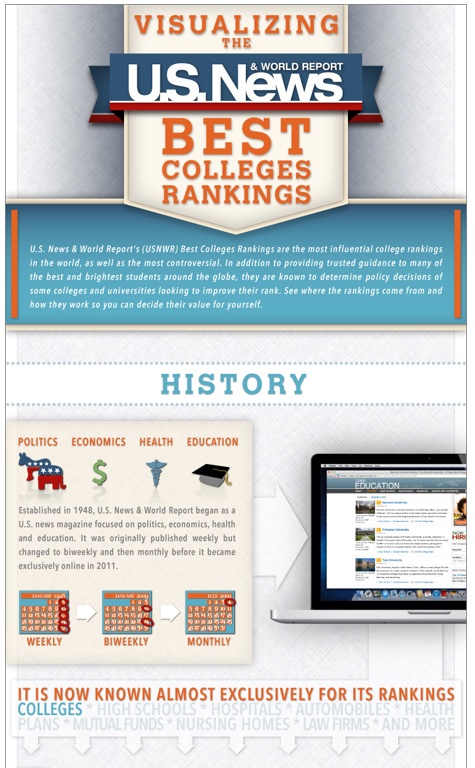With the mountain of applications colleges receive, the challenge is for students to find a way to stand out. A video essay is a dynamic new way to make your application gleam. It’s a chance to deliver a message via a video application about who you are, and to make an impact as your personal statement plays out on an admissions officer’s laptop.
1. Watch other students’ videos
What makes for a great application video? To find out, spend some time viewing other students work. You’ll see various video “genres,” songs and raps, poems and performances, animation and “slices of my life.” Watch analytically. When you see a video you like, ask yourself what makes it work. Think about the ones that don’t work too – you can learn as much from misses as from hits. Consider what an applicant communicates, and notice the camera work, music, editing and pacing. You’ll see that some of the best videos are very simple, often shot in one place with a webcam.
2. Say something meaningful about yourself
This is a chance to transcend your numbers and to tell colleges something you feel is important about yourself. Consider what abilities, qualities or talents you want to convey. Be genuine. Follow your heart and your imagination.
3. Make it memorable
Find a hook, an angle, or something unique. This doesn’t mean being fancy or gimmicky, but distinctive. As with a written essay, you want your video to stick in an admissions officer’s head. Think about videos you’ve watched. Which do you remember a day or a week later? Understanding what made them memorable can help you make yours stand out from the pack.
4. Have a script or shooting plan
Unless you’re doing a webcam rap, you will need a script or shooting plan. You can deviate from it on “the set” – sometimes great ideas come on the fly – but having a game plan will help you stay focused and on track.
5. Communicate clearly
If you are appearing on camera, rehearse what you are going to say. Try to relax. Doing a number of takes will help loosen you up, and will also give you more options when you edit. Smile, take your time, and speak clearly and naturally.
6. Don’t have testimonials from people saying how wonderful you are
Not even President Obama! Colleges are not interested in hearing your coach, teachers, or best friends sing your praises. They want to hear from you.
7. Don’t make a “laundry list”
Some students think that they will sound interesting and impressive if they show off everything they’ve done since they were out of diapers. The problem with this approach is that it can have an impersonal quality – by focusing on all the stuff you do, you the person gets lost. Yes, “laundry list” videos often display an impressive range of activities and abilities, but they focus on the outer, not the inner self. And colleges already know what you do from your transcript and brag sheet.
8. Don’t upload without getting feedback
Show drafts of your video to other people and get feedback. Is your voice clear over the music? Does the pacing work? Do people “get it?” Your video will become stronger as you cut and fine tune.
9. Don’t forget to show your face
A common mistake is shooting too far from the subject (you). If you’re small on screen, you’re harder to see and hear. Being close on a person’s face helps convey their emotions. Let them see into your eyes! Close ups will help an admissions officer connect with you.
10. Don’t make a video longer than one or two minutes, max!
Admissions officers are far too busy to look at anything longer. The last thing you want is for someone to get bored, glance at his watch, and turn you off in the middle of “Here’s what I plan to do with my life.”
As with your college essay, making a great video takes time and thought, but doing so may help give you that extra edge at Top Choice U.
Here are some great video essays to get your inspired:
http://www.youtube.com/watch?v=xLykpU6r2CI
http://www.youtube.com/watch?v=fgVOLepuVSU
http://www.youtube.com/watch?v=DJnf7zw_30Q
http://www.youtube.com/watch?v=Ky52SUPUjPY
___________________
Max Kiefer and Rosa Wolfe are filmmakers and authors of How to Make a Winning College Application Video Essay: Everything You Need to Know from Idea to Upload Their website www.ThisIsMeVideo.com is a place where students can learn about making application videos.










